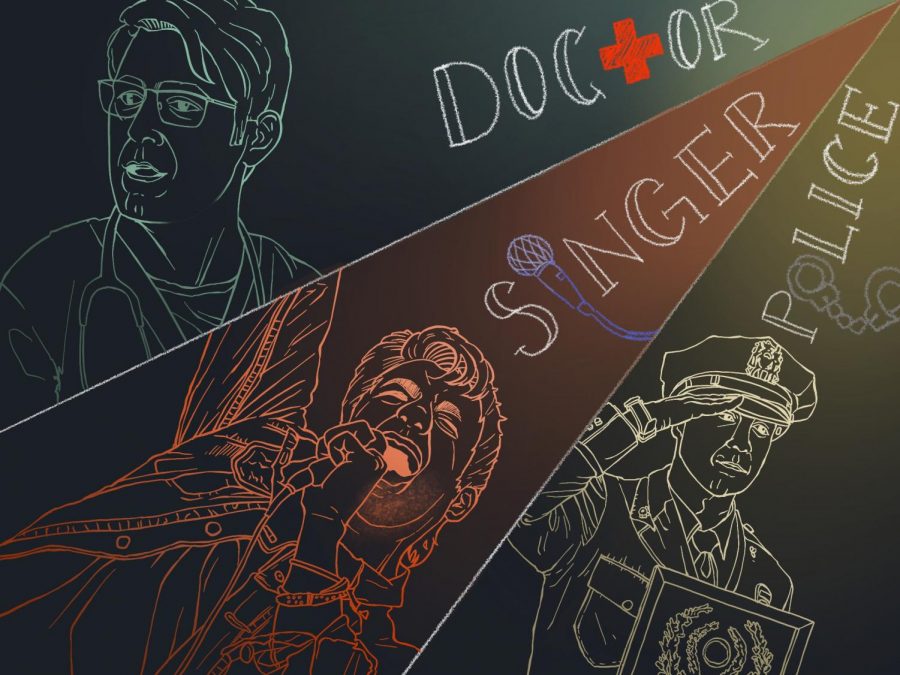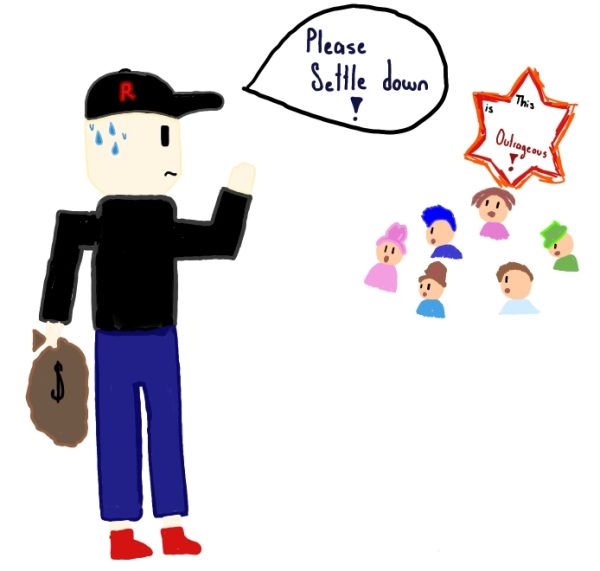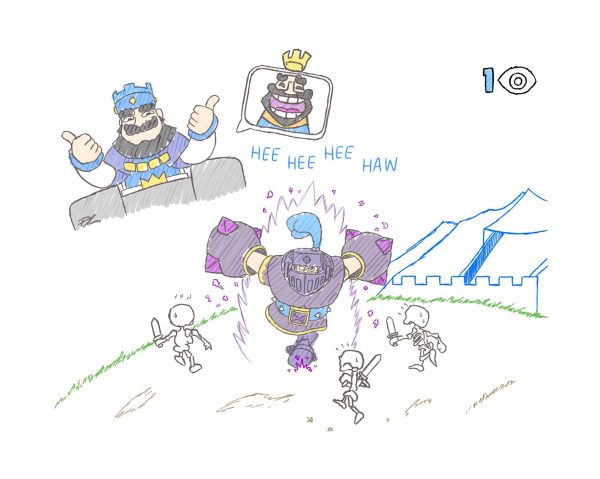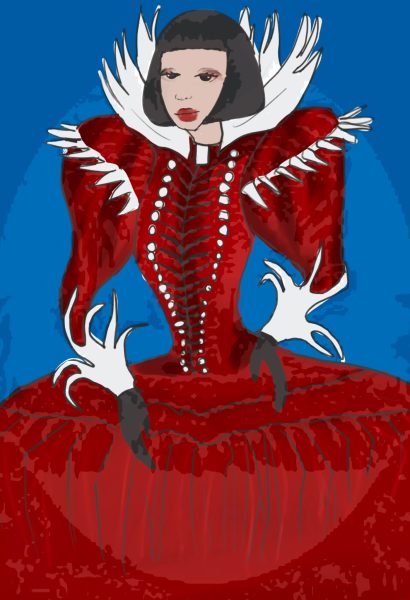Un-‘Ordinary Joe’ explores extraordinary new style of TV
Life is all about the choices we make—or is it? NBC began its season this year with a new drama titled “Ordinary Joe,” a show that follows the three outcomes of one seemingly harmless and unimportant life decision. The show follows a very unordinary format—a side by comparison between three equal but separate storylines—something never seen before in television.
Joe Kimbreau, an ordinary New Yorker, begins the first episode with a narration about his late arrival to his college graduation ten years earlier. Joe, played by James Wolk, accidentally bumps into Amy, another college graduate played by Natalie Martinez. He feels an “instant connection” with her, and they briefly discuss their dreams for life after college. After the ceremony, he walks out with his unofficial girlfriend Jenny Banks, played by Elizabeth Lail. She asks Joe to go away with her to the beach that weekend, but he’s hesitant because he has already agreed to dinner with his family. He decides that he has three choices with what to do with the rest of his day: pursue Amy, go to the beach with Jenny, or attend dinner with his family. Whatever choice he makes will drastically change his entire life.
The episode then cuts to a storyline where he chooses to pursue a relationship with Amy, the girl he met at the graduation ceremony. Joe, now ten years older, runs onto a brightly lit stage where he performs an original song in front of a large audience. In this timeline, Joe follows his dream of becoming one of the greatest musicians in the world.
Once again, the episode cuts to a new storyline where he went with his girlfriend Jenny to the beach that weekend. It reveals that he moved out of state with her after college to study nursing while she went to law school. They have a disabled son, Christopher, and Joe works at a hospital in downtown New York City.
Finally, the episode shows Joe as he follows in his father’s footsteps in becoming a police officer. After saving a politician from an assassination attempt, he returns home to have dinner with his family. Unlike the other two storylines, Joe never married. However, a recent encounter with Amy 10 years after their graduation might change that.
As it deals with multiple stories, “Ordinary Joe” can be difficult to understand for its viewers. Similar to other shows like “This is Us,” the show employs techniques to help the audience decipher between each story. Specifically, each story uses different lighting styles and colors. The nursing storyline uses many green lights and visuals, while the rock star storyline uses many orange and the cop storyline uses many blue. For example, during scenes at the hospital, the walls are green in the nursing storyline and blue in the cop storyline.
Although “Ordinary Joe” deals with three separate storylines, it continues to suggest that no outcome is more favorable than the other. Whatever choice one makes, whether they choose to follow love, passion or family, their life will turn out fine. “Ordinary Joe” emphasizes that although one decision may change one’s life forever, it will not completely determine their happiness: a strong message to an increasingly anxious and stressed society. At the end of the first episode Joe poetically states, “it’s only natural to wonder ‘what if?’ But I’ve learned that it’s more important to ask, ‘what’s next?’”
Only six episodes of “Ordinary Joe” have been released, but so far, this show has proven to be a very unordinary show. “Ordinary Joe” airs mondays on NBC at 9pm CST, and is available to watch on Hulu, the NBC app, and Peacock.
Your donation will support the student journalists of Saint Viator High School. Your contribution will allow us to purchase equipment and cover our annual website hosting costs.








